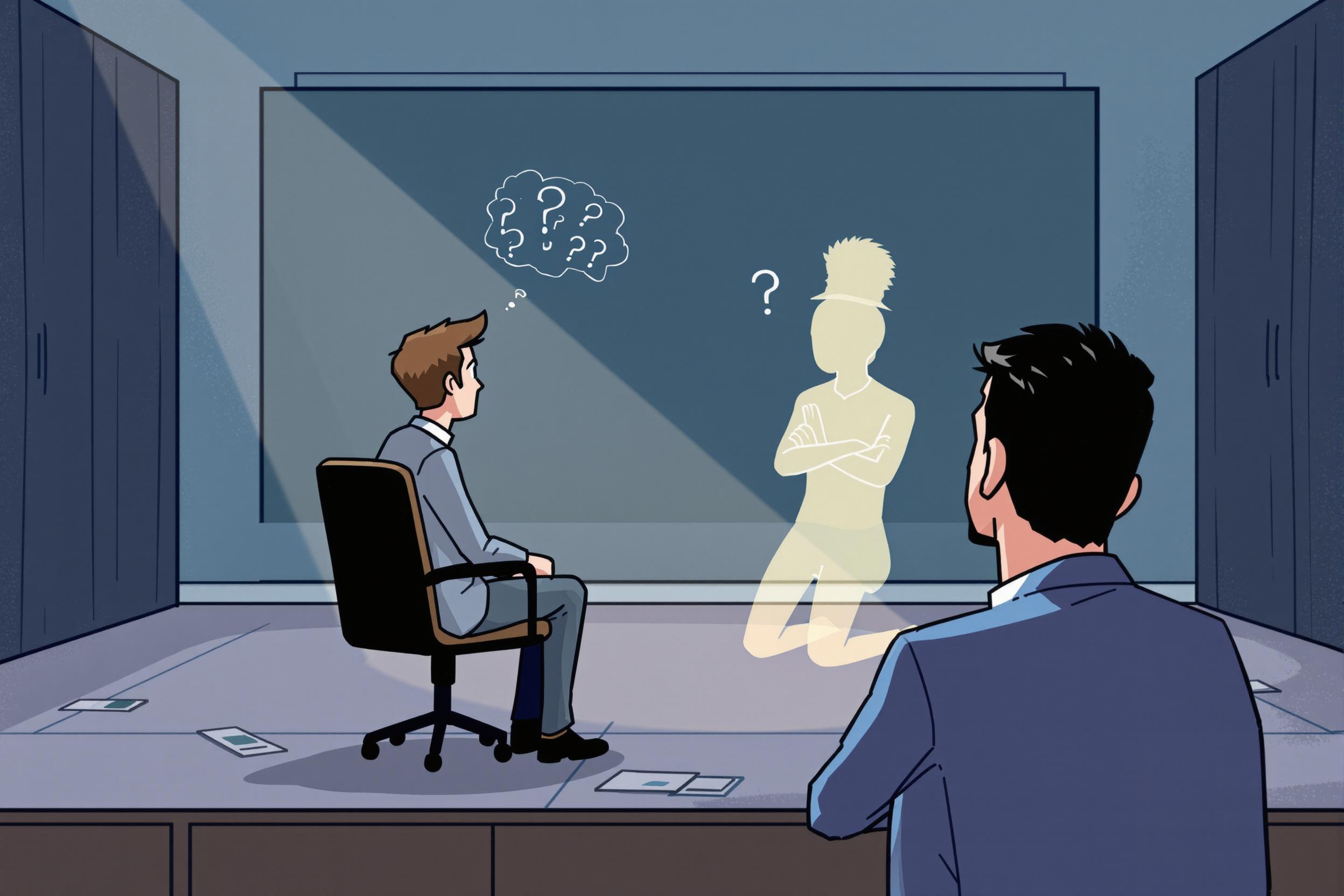
Wood Graining
Wood graining is a specialized painting technique used in theater, film, and television to create the appearance of real wood on non-wood surfaces. It's like magic with paint - artists use special tools and techniques to make materials like plywood, foam, or metal look like expensive hardwoods. This saves production companies money while achieving the desired visual effect. Similar techniques include marble faux finishing and stone texturing. This skill is particularly valuable in scenic design where budgets might not allow for real materials, or where lightweight alternatives are needed for movable set pieces.
Examples in Resumes
Created period-accurate Wood Graining effects for Broadway production set pieces
Applied Wood Graining and faux finish techniques to transform foam surfaces into authentic-looking antique furniture
Trained junior artists in Wood Graining techniques for historical theater productions
Typical job title: "Scenic Artists"
Also try searching for:
Where to Find Scenic Artists
Professional Organizations
Online Communities
Job Resources
Example Interview Questions
Senior Level Questions
Q: How would you approach training others in wood graining techniques?
Expected Answer: A senior artist should discuss their teaching methodology, including demonstration techniques, common student challenges, and how they break down complex wood patterns into teachable steps. They should mention safety procedures and material handling.
Q: How do you handle a large-scale wood graining project with a tight deadline?
Expected Answer: Should explain project management skills, team coordination, time-saving techniques while maintaining quality, and how to delegate tasks effectively while ensuring consistency across multiple pieces.
Mid Level Questions
Q: What different types of wood can you recreate, and how do you choose which is appropriate for a period piece?
Expected Answer: Should be able to describe various wood types (oak, maple, mahogany, etc.) and explain how historical accuracy influences wood choice for different time periods and settings.
Q: How do you ensure your wood graining will look correct under stage or camera lighting?
Expected Answer: Should discuss testing under different lighting conditions, working with lighting designers, and adjusting techniques based on viewing distance and lighting requirements.
Junior Level Questions
Q: What basic tools do you use for wood graining?
Expected Answer: Should be able to list and explain the use of basic tools like graining combs, rocker brushes, check rollers, and describe basic paint mixing and layering techniques.
Q: How do you prepare a surface for wood graining?
Expected Answer: Should explain basic surface preparation including cleaning, priming, base coating, and why each step is important for a successful finish.
Experience Level Indicators
Junior (0-2 years)
- Basic wood grain patterns
- Surface preparation
- Tool maintenance
- Color matching fundamentals
Mid (2-5 years)
- Multiple wood species recreation
- Period-appropriate finishes
- Working with different base materials
- Budget management
Senior (5+ years)
- Training and supervision
- Complex grain patterns
- Project management
- Historical restoration techniques
Red Flags to Watch For
- No knowledge of basic painting techniques
- Unfamiliarity with common scenic art tools
- Lack of color theory understanding
- No experience with different surface types
- Poor time management skills
Related Terms
Need more hiring wisdom? Check these out...

Refining Job Descriptions to Expand Applicant Pools: Casting a Wider Talent Net

When Hiring from Competitors: Goldmine or Landmine?

Resume Screening Reinvented: 9 Unconventional Strategies to Discover Top Talent Hidden in Plain Sight

